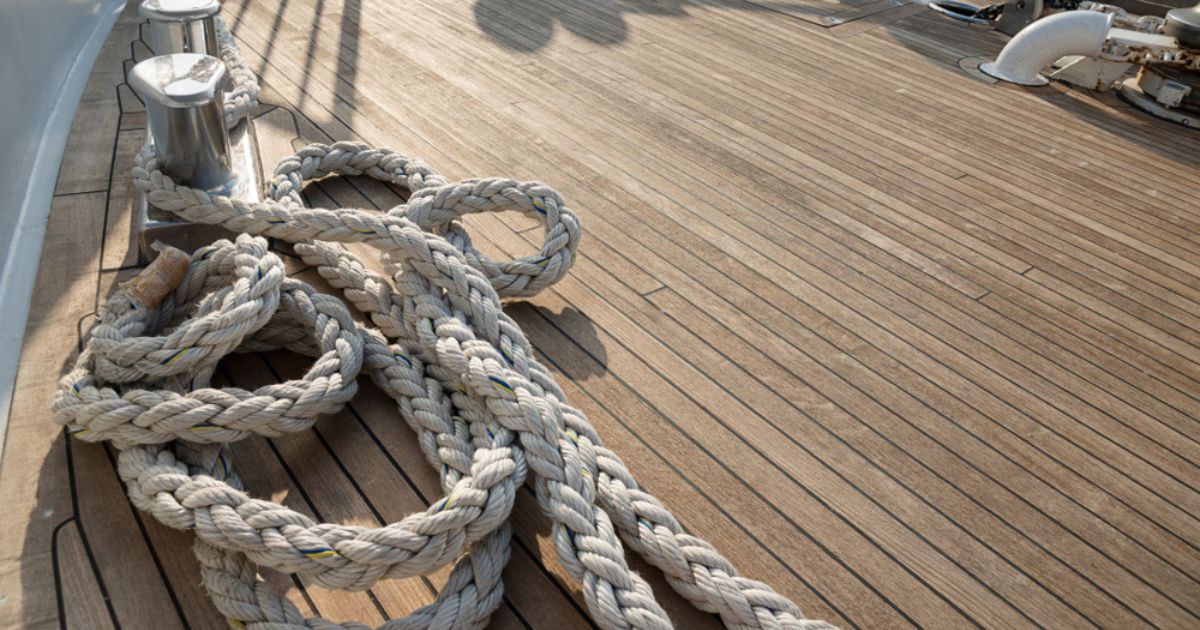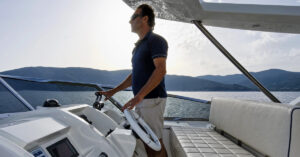It is true that docking kits are helpful as a solution to mooring boats properly. Yet, it is not a complete one. Every boat owner should still know fundamental concepts about docking their vessels, no matter where you are.
Docking Basics
If you just developed the love for boating, there are basic things with which you must become familiar. Mooring your new boat properly is one of them. Once you master mooring your boat, you won’t have any problems doing so in any situation, even if you have a big boat. If you are unfamiliar with proper mooring techniques, you can look worse than a novice boater. Below are some tips to consider in mooring your boat the right way:
- Go slow as you approach the dock. The huge impact of a boat against a pier that doesn’t slow down results in disaster. When you’re in a boat, always approach any solid object slowly. This prevents you from ramming the new boat and ending up in a possible tragedy. You may wonder if this is possible since you’re on water. The answer is YES. You can very well hone your mooring skills by boating more often. There is nothing better than being one with your boat and the only way to do that is to be behind the helm as much as you can.
- Analyze and guide your boat. Docking your boat needs just enough power. Insufficient juice is just as bad as too much. Take the time to calculate the current, the boat’s momentum, and the wind. This way, you can tell your boat exactly what to do with enough assertiveness.
- Always take a good look first. Before approaching the pier, be sure to eye the mooring lines. If the mooring line falls into the water, it could very well tangle in your propeller. This will definitely result in a chaotic mooring. Once you see where the mooring lines are, make sure they do not cross your path as you dock.
- Do not be distracted. The only one who can dock your boat the right way is you. Even if nosy boat owners are yelling from their moored boats how you should do the task, don’t listen. You have the controls. It is you who should know what to do. Do not let them distract you from accomplishing this process or you will only end up in disaster.
- Avoid quick boosts of power. Take note that boats do not have brakes. Study the water current and the wind around you, so that you could control your turns as you near the harbor.
- Reduce your windage. Do this when the wind is strong. An Isinglass, a Bimini top, or an unfurled sail can change your path dramatically, so make sure to clear them before you dock.
- Kill the engines only when the lines are secure. You cannot predict what’s going to happen when you dock. It is wise to keep your engines running, so you can make necessary adjustments during mooring.
- Don’t be embarrassed to stop. If your boat has limitations when you maneuver, and the docking doesn’t look too good, just stop and turn around. Try again. It is better to do it again than be stuck in the docks with a damaged boat.
- Become familiar with the harbor. If you are approaching a new and unknown pier. Take the time to plan your mooring. Share this plan with the boat’s crew. Determine the wind strength, wind direction, and the type of dock (fixed finger docks, concrete wall docks, etc.) you’re approaching. Know what it is so that you can place the right fender and mooring line.
- Prepare the boat’s fenders. When you’re certain that the harbor has pilings for boat’s rails, the fenders should not pass the sides until the vessel if truly secured. For dual slips, set the fenders at the right height. When you think the fenders and lines are prepared, judge the current and the wind to see which direction the boat moves without power. This mooring type may take a while because of the bow lines. You should just anticipate a gentle bump against the pier.
Undocking Basics
When you are ready to undock, here are some of the tips to consider:
- Consider the factors. Before undocking, formulate a plan with your group of passengers. Think about the depth of the water, wind direction, water current, and the boat traffic in that area. To ensure the passengers and crew of your boat are safe, give them specific, easy-to-follow directions because they may not be as knowledgeable as you are about boats.
- If the wind is strong and it’s pushing your vessel away from the harbor, here are the steps to follow:
- Pull the fenders in and cast off your lines as the wind blows.
- Shift forward and leave at gentle speed once you are away from other boats and clear from the dock.
- Be careful when you maneuver so as not to hit your stern against the dock. Take note: boats do not steer the same way as a car.
- If the wind is actually pushing your vessel against the pier, extra planning is imperative:
- Untie and cast off all the lines except the after bow spring line because this lets the stern move away safely from the dock. It also prevents the boat from moving forward.
- Use a fender forward to prevent the boat from hitting the pier too hard.
- Make sure you move the rudder in the direction that pushes the stern from the harbor.
- With gentle speed, shift your boat forward slowly. Doing so will make the stern move away from the dock.
- Once the boat is away from any obstacle, release the spring line and move away from the pier.
- Then, shift forward gently.
New boat owners usually neglect the fact that they should dock and undock properly. Mooring and undocking are boating skills you must master to maximize your maneuvering experience on water. It may take time but there is nothing better than getting to know your boat well through constant practice.
If you need more information or you need fenders and docking kits, get in touch with AERE Marine by clicking here.









